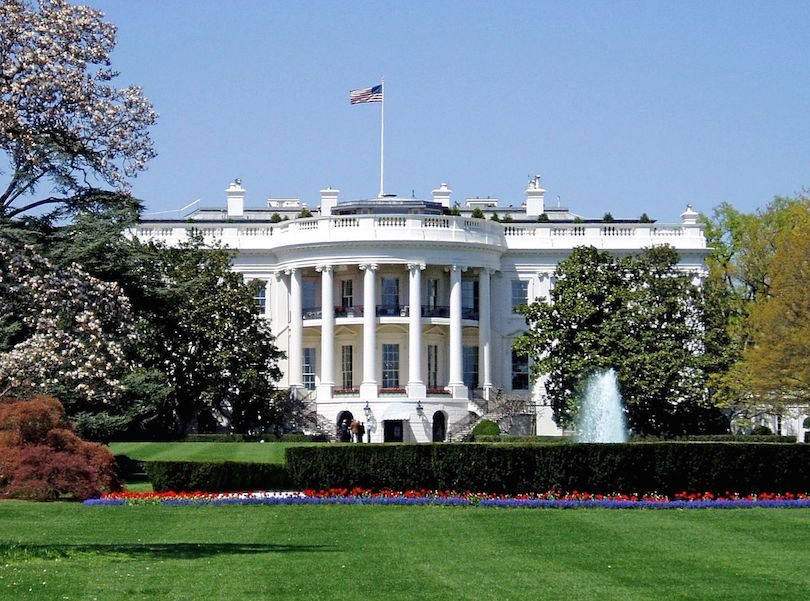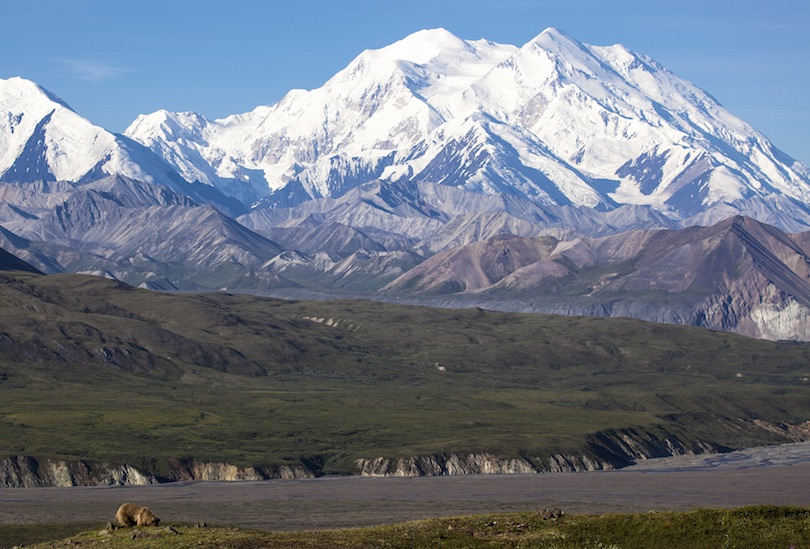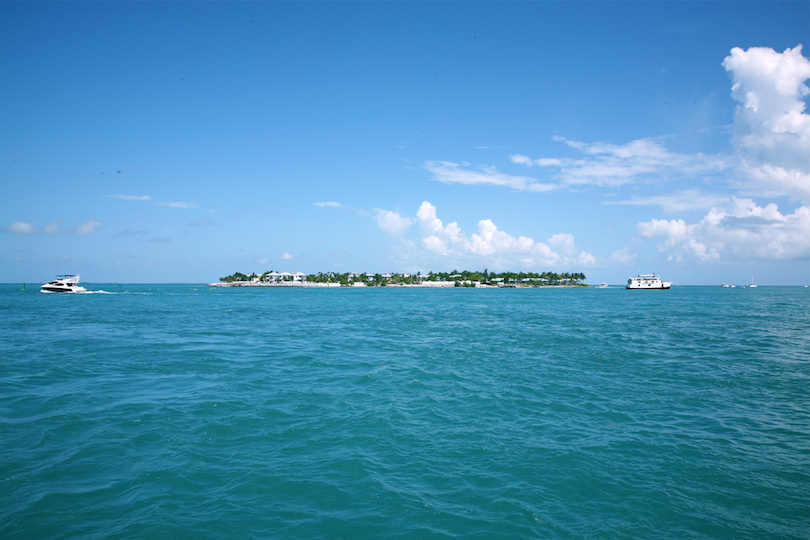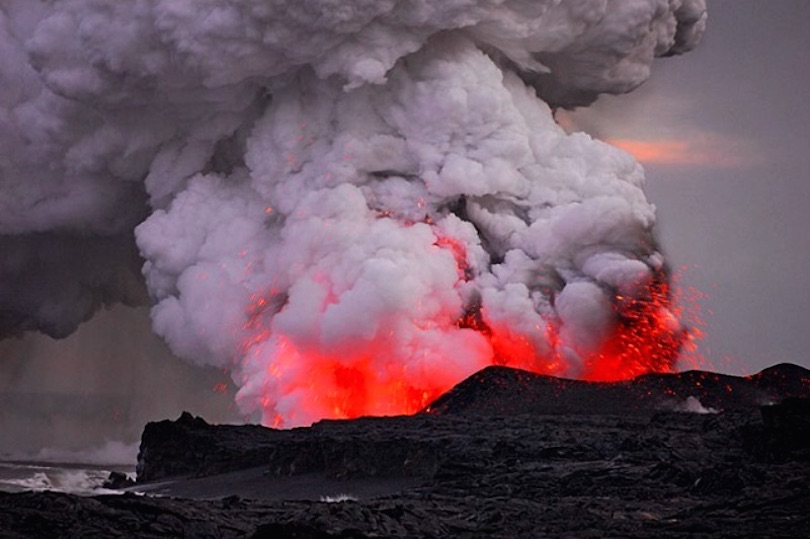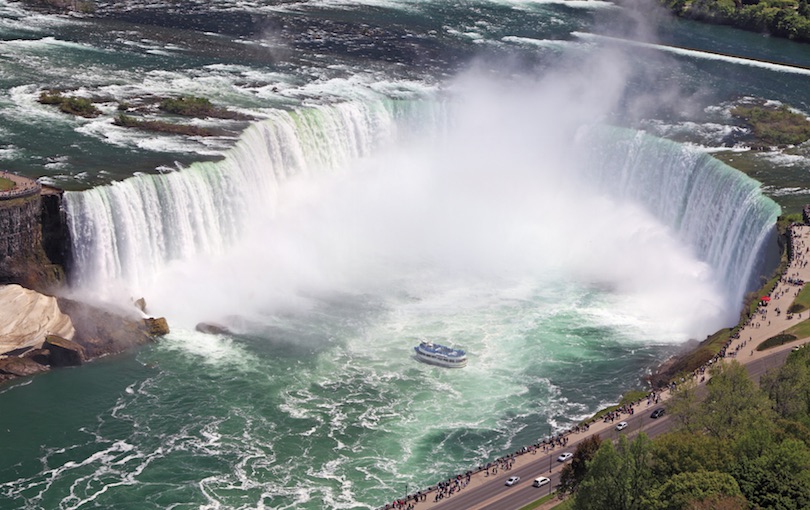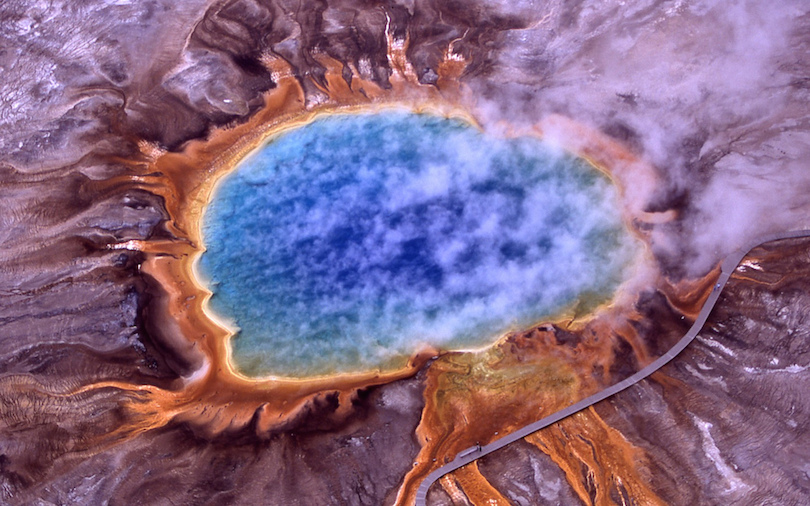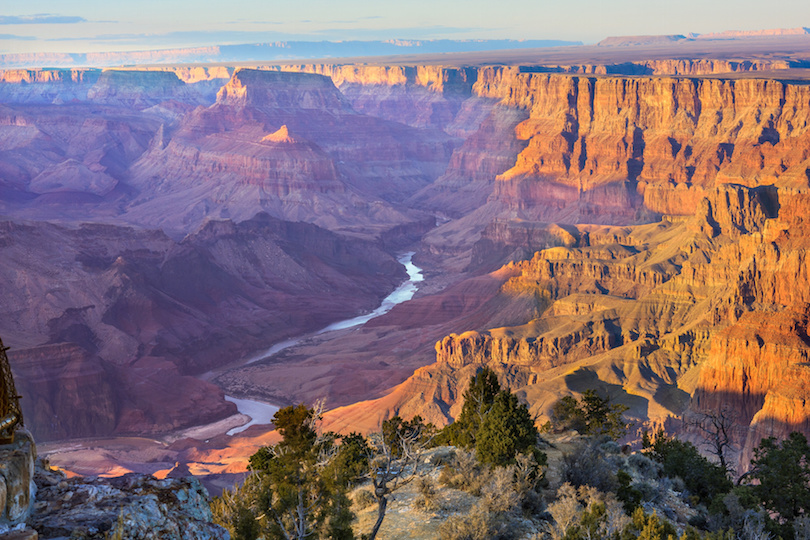Some states require 150 University semester hours before you can sit for the CPA exam. Most states also require 150 credit hours to obtain a license after the exam has been successfully completed.
If you attended a college or University outside of the United States, you will have to check to see if your educational institute is accredited and recognized by the AICPA. If it isn’t, you will not be able to take the CPA exam.
NASBA has created a resource to help identify approved educational institutes.
No Residency or Citizenship Requirements
Some states do not require that you be a resident of the state or a U.S. citizen to earn a CPA certificate in that state. The following states do not have residency requirements.
- Alaska
- California
- Colorado
- Connecticut
- Delaware
- Florida
- Georgia
- Hawaii
- Illinois
- Kentucky
- Maine
- Maryland
- Massachusetts
- Montana
- Nevada
- New Hampshire
- New Jersey
- New York
- Oregon
- South Carolina
- South Dakota
- Texas
- Utah
- Virginia
- Washington
- Wisconsin
No Experience Requirements
Most states require some type of experience before you are issued a license. There are some states, however, that will grant a CPA certificate with no experience. These states often require evidence of experience before a permit to practice is issued, however. If you just want a U.S. CPA certificate for your resume, you might investigate the current requirements of these states:
- Alabama
- District of Columbia
- Florida
- Guam
- Illinois
- Iowa
- Kansas
- Louisiana
- Maryland
- Minnesota
- Mississippi
- Missouri
- Montana
- Nebraska
- North Dakota
- Oklahoma
- Puerto Rico
- South Dakota
- Virginia
- Washington
- West Virginia
- Wyoming
Less Than 150 Credit Hour States
Most states have adopted a 150 University credit hour educational requirement to obtain a CPA license. A few states, however, only require a four-year university degree. Here’s a list of states that don’t currently require 150 credit hours to be issued a license:
- California
- Colorado
- Delaware
- New Hampshire
- Vermont
- Virgin Islands
The International Application Process for the Uniform CPA Exam
The application for international candidates is very similar to domestic candidates. The only real difference is in the educational requirements. Most US Colleges and Universities are accredited and approved by NASBA and the AICPA. Thus, US candidates don’t tend to have problems with their education requirements. Before you apply, check the NASBA site to make sure you institution is recognized. After that is out of the way, your application process should be pretty easy.
2) Send in your application including the required recommendation letters, transcripts, photographs, and other documents. You should request your application several months in advance. Keep a copy of your completed application, and send your application by certified mail (return receipt requested).
3) Use your ATT to obtain a NTS
4) Use your NTS to schedule your exam.
State boards are constantly changing their CPA exam requirements, so make sure to contact the state you plan to sit in before sending in your application.
Once you have passed the exam in one state you can transfer to another state if need be. You will have to meet the education and experience requirements of the new state, but normally you are given credit for having already passed the CPA exam.
Once you’ve decided where you want to take the exam, don’t sit around. Start studying right away! The last thing you want to happen is to re-take one of these exams after this lengthy application process.













